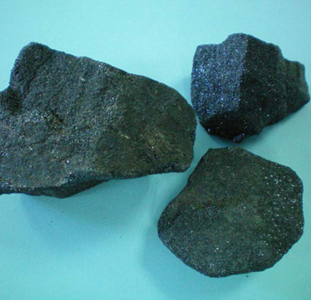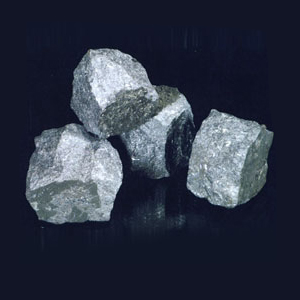【Ferro-alloys.com】: When global trade turns into a game of hardball, the first to feel the heat aren’t always the policy-makers — it’s the everyday people buying houses, opening soda cans, or unwrapping a medicine tablet. With the U.S. doubling its tariffs on steel and aluminum imports to 50%, and Canada signaling aggressive countermeasures, the latest transnational tariff war is no longer a headline—it’s a household expense.
The dominoes are already falling. From construction sites in Texas to chocolate factories in Ontario, the pricing pressures are stacking up, fast.
America’s Tariff Trigger: Who’s Paying the Price?
The Trump administration has doubled down on its metal tariff strategy, framing it as a necessary move to protect domestic manufacturing. But that shield has become a double-edged sword.
According to recent coverage by The New York Times, the 50% tariff on aluminum could significantly increase costs for food and beverage manufacturers, especially those reliant on aluminum cans. Beer producers are preparing for a sharp uptick in packaging costs, and the chocolate industry is scrambling to reassess foil wrapping budgets.
Meanwhile, Bloomberg reports that Canada has responded with a stern message: if a trade deal isn’t finalized by July 21, retaliatory tariffs will follow. Domestic procurement laws are already shifting in favor of Canadian metal suppliers, sidelining U.S. exports and escalating cost structures for cross-border trade.
Home Builders and Buyers Caught in the Crossfire
The building industry is already groaning. A report from Texas-based builders suggests new homes could see price hikes of up to $10,900 due to increased costs of imported materials. That’s not a small sum for the average American family, especially when home ownership is already becoming elusive.
Architects and interior designers, particularly those working on mid-sized residential and commercial projects, are seeing aluminum trims and structural components jump in cost. Design budgets are shrinking, and the demand for cheaper alternatives is rising—but without the same longevity or sustainability.
Behind the Wheel: How the Auto Industry Gets Hit
Automotive manufacturers aren’t spared either. With aluminum making up nearly 500 kg of an average car, the tariff hike translates into an added $1,800–$2,200 per vehicle. Consumers might not notice this immediately, but it’s already being built into the next price hike from manufacturers.
And it’s not just the big-ticket items. The humble alloy wheel—a key design and performance component—is also climbing in price. Import-dependent after market suppliers may either reduce quality to save costs or pass it directly to the buyer.
From Medicine to Munchies: Packaging Costs Skyrocket
In the pharmaceutical industry, the effects are surprisingly severe. Aluminum is a core material in blister packaging for tablets and capsules. Smaller pharma companies, already tight on margins, now face the tough choice between absorbing higher costs or pulling certain SKUs off shelves.
Food packaging, particularly for chocolates, canned goods, and dairy, is also under the scanner. Brands that rely on thin-gauge foil packaging are seeing bulk contract rates renegotiated mid-cycle. Price-sensitive categories like candy and processed foods may shrink portion sizes or raise MRPs.
Trade Policy vs. Real Life: What’s the Long Game?
What this trade war reveals isn’t just a clash of economic interests, but a systemic vulnerability across industries. Steel and aluminum aren’t just materials — they are foundational to modern life. From skylines to soda cans, they build and bind our economies.
The Canadian government’s July 21 deadline is a ticking clock. If retaliatory tariffs go into effect, the U.S. market may not only see higher prices but potentially restricted availability of select architectural and automotive materials.
The Real Price of Protectionism
This isn’t a battle of nations, it’s a war felt at checkout counters and construction sites. While policymakers argue trade balances, consumers bear the imbalance.
The U.S.-Canada tariff drama of 2025 is unfolding like a slow-boil crisis. And unless diplomacy finds a shortcut soon, this might be the year aluminum becomes the unexpected symbol of inflation.
- [Editor:Alakay]



 Save
Save Print
Print Daily News
Daily News Research
Research Magazine
Magazine Company Database
Company Database Customized Database
Customized Database Conferences
Conferences Advertisement
Advertisement Trade
Trade

















Tell Us What You Think